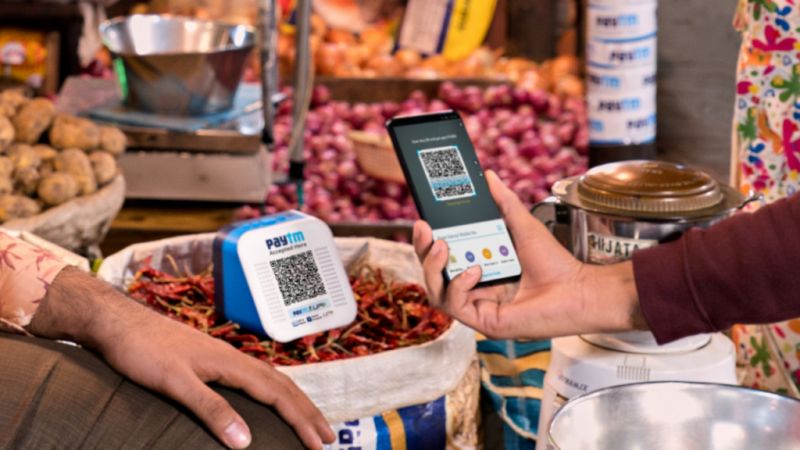Why ‘Audio’ Became The Game Changer In the Adoption of India’s Digital Payment Tech Stack
An internet-connected sound box changed the way online payments are done in India…
After it was introduced in 2016, India’s UPI (Unified Payments Interface) has created a revolution to by helping unconnected citizens integrate into the digital economy and removing corruption.
UPI now has 260 million users in the country of 1.4 billion people, helping people from small shopkeepers to large retail stores.
However there was a practical issue.
Even for small shopkeepers like a vegetable vendor, there could be a lot of transactions.
Every time a customer paid online, they will need to go make a phone call to confirm that the payment had been received. Or use their family’s only smartphone.
The customers, often in a rush, would get impatient.
The vendor then has to spend more time attending to them than he had back when he accepted only cash, resulting in lost productivity and loss in revenue.
In 2019, Paytm, India’s largest fintech company, introduced internet-connected sound boxes that read out payment confirmation messages in different languages.
Sound boxes have become a game-changer for small businesses in India that had previously relied on cash or phone calls to verify online payments.
They make transactions faster, easier, and more trustworthy for both merchants and customers.
Sound boxes have encouraged customers to use UPI online payments which have grown exponentially, reaching over $1.2 trillion in value by Q3 of the 2023 financial year.
What do you think of this local and practical innovation in payments?
#fintech #digitaltransformation #innovation

